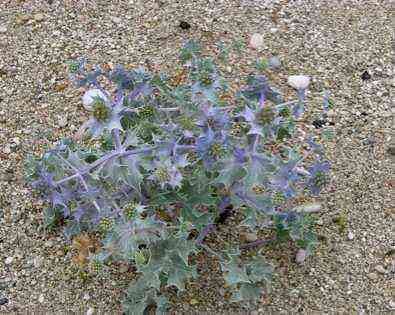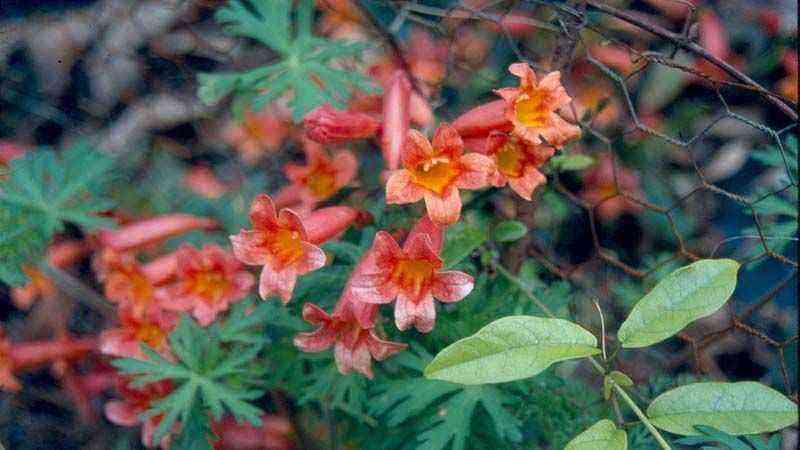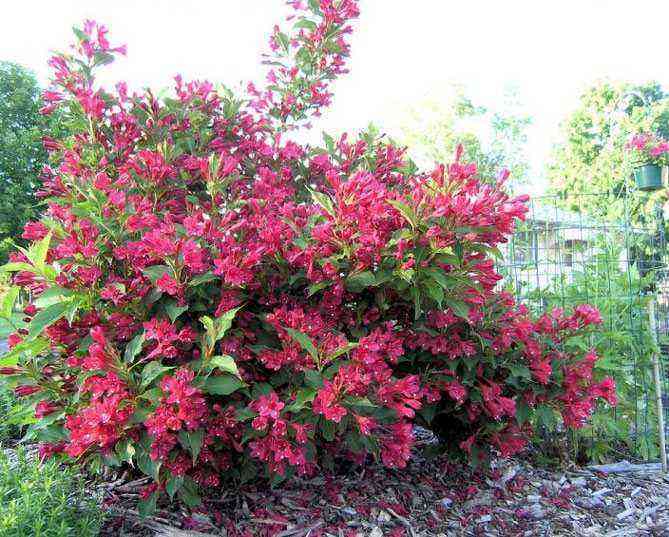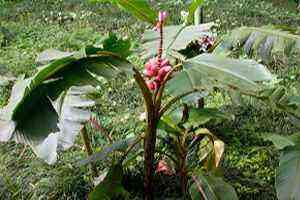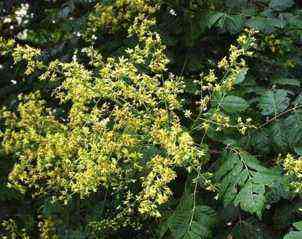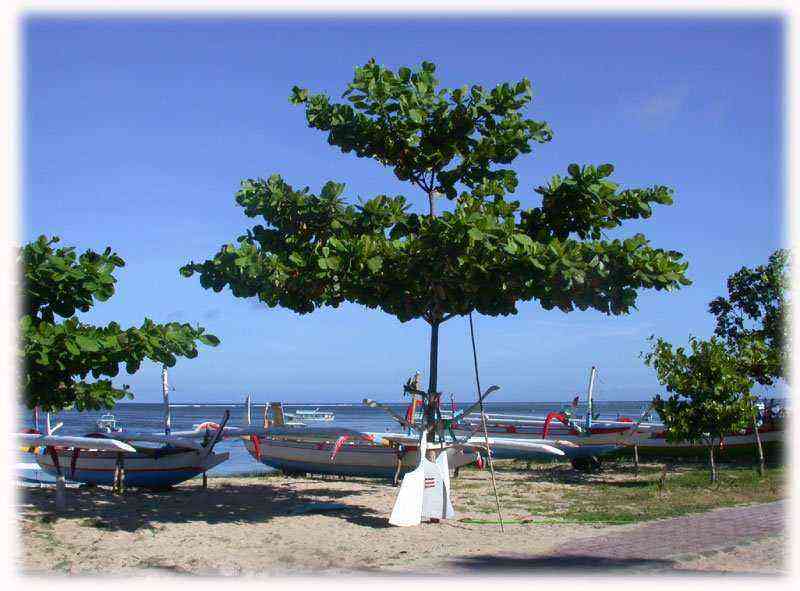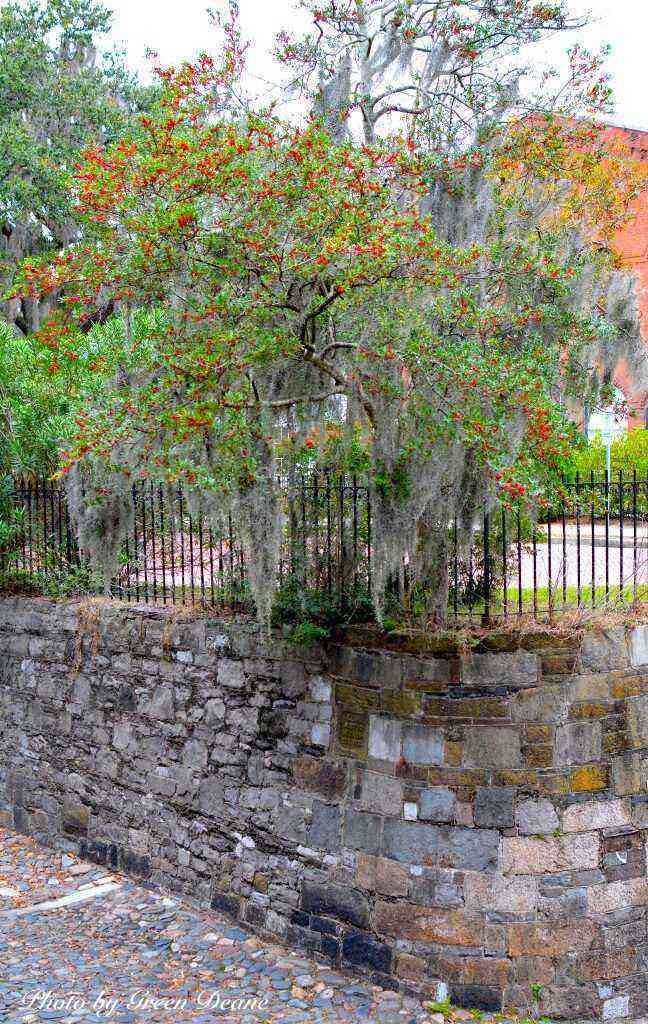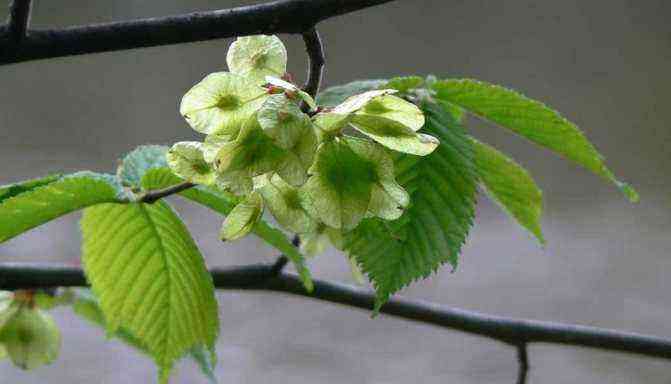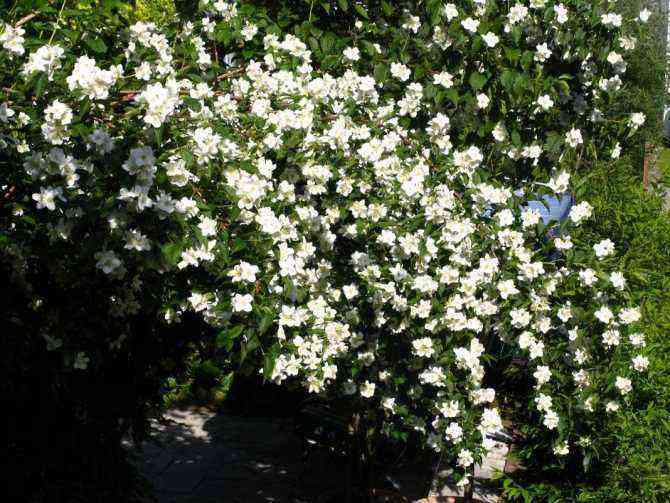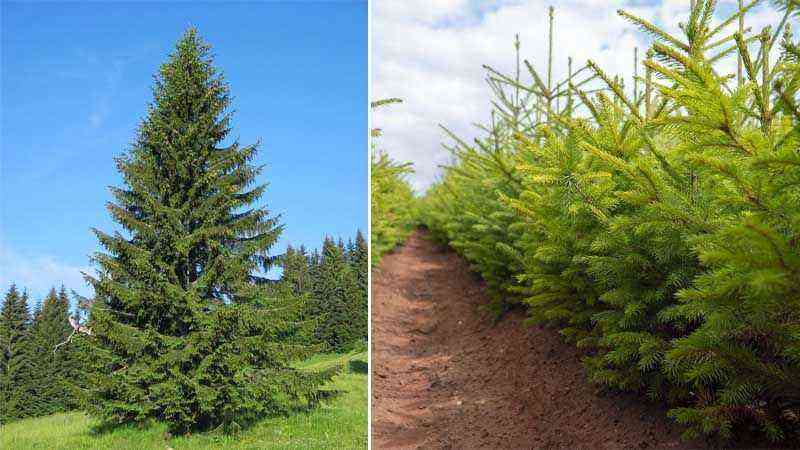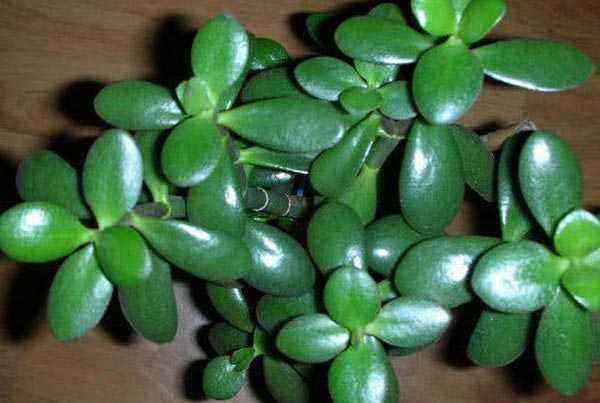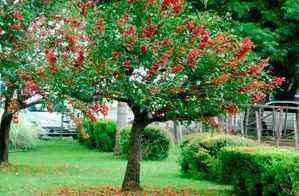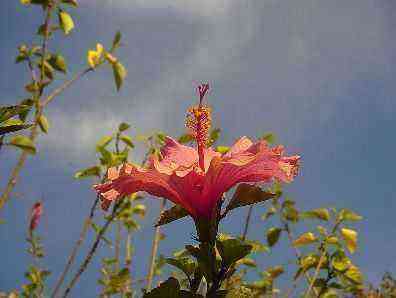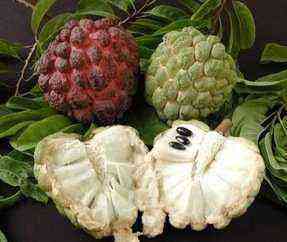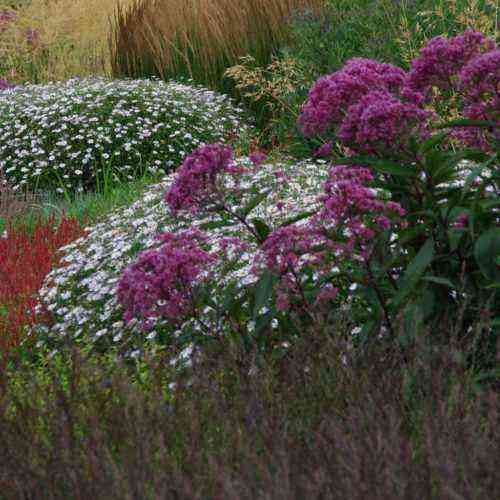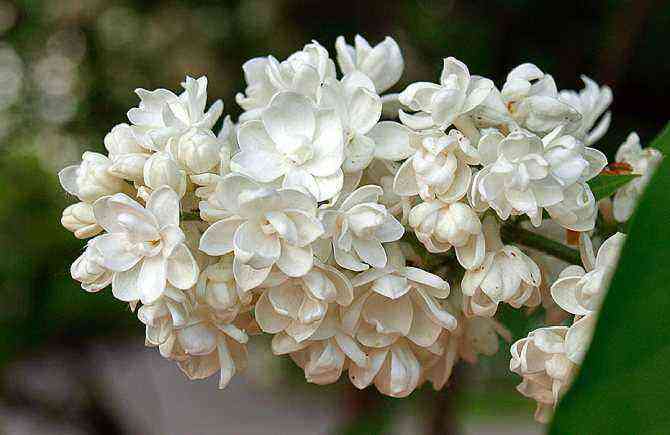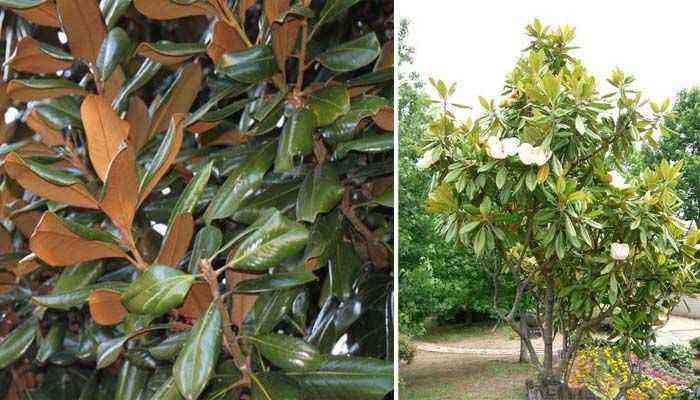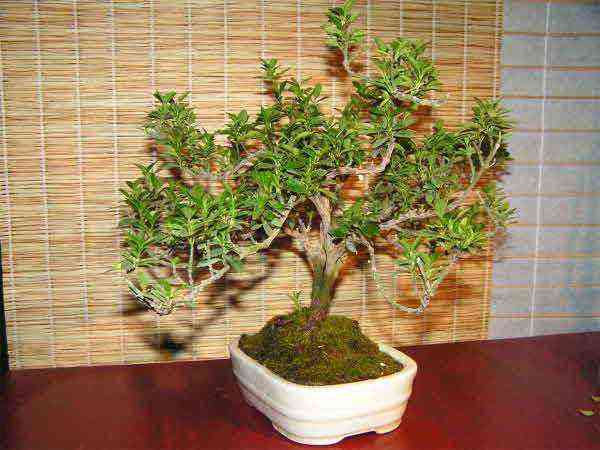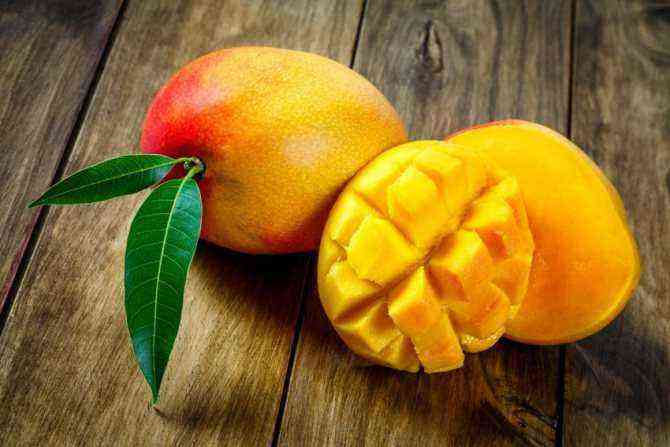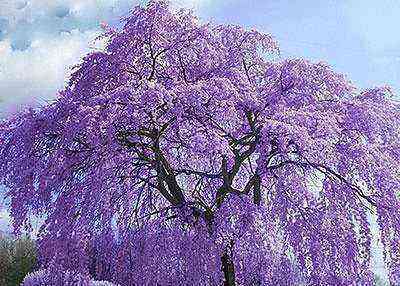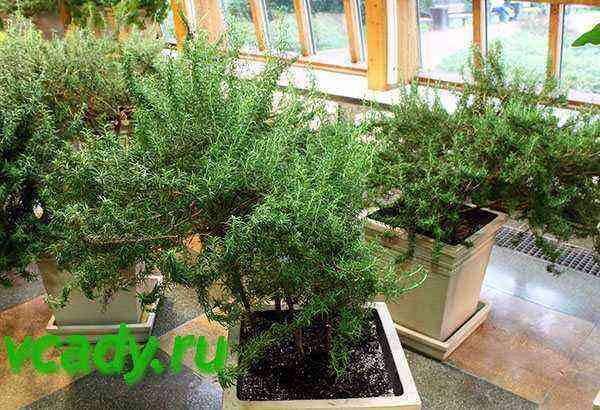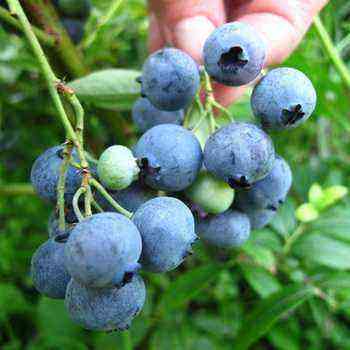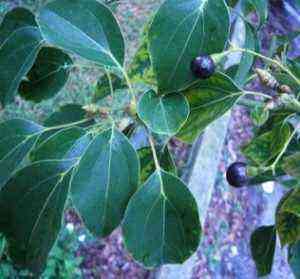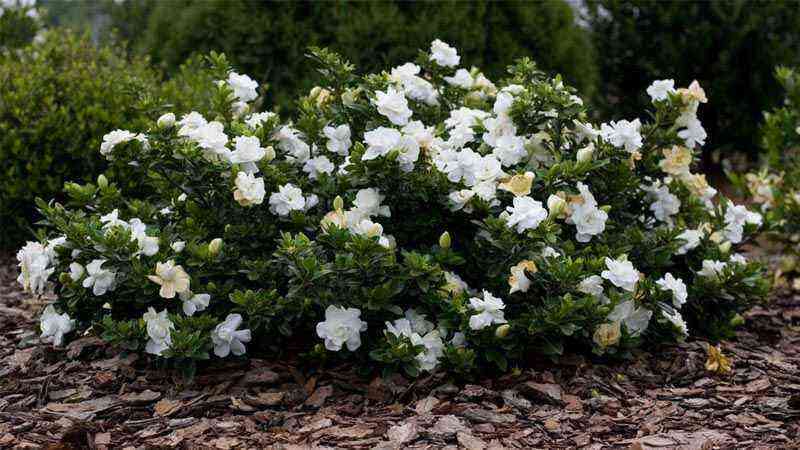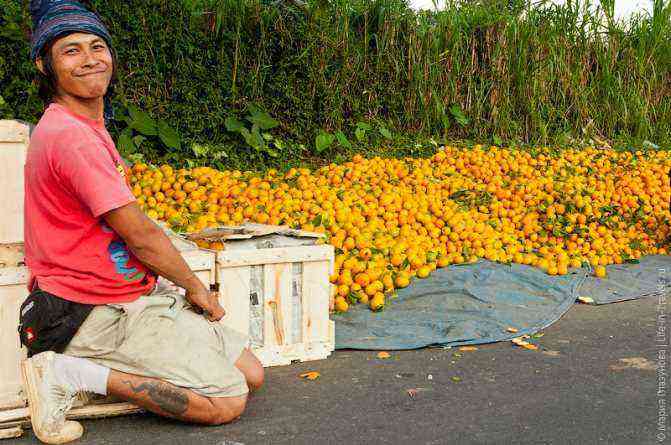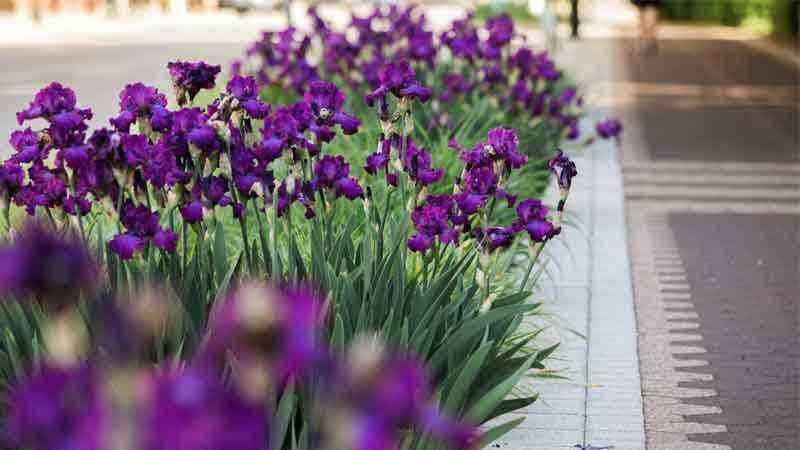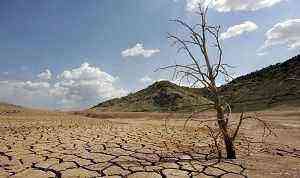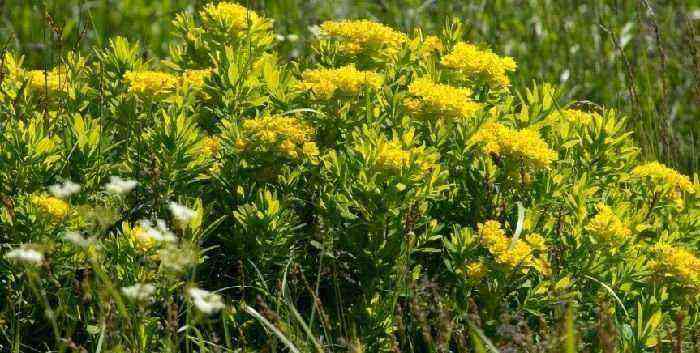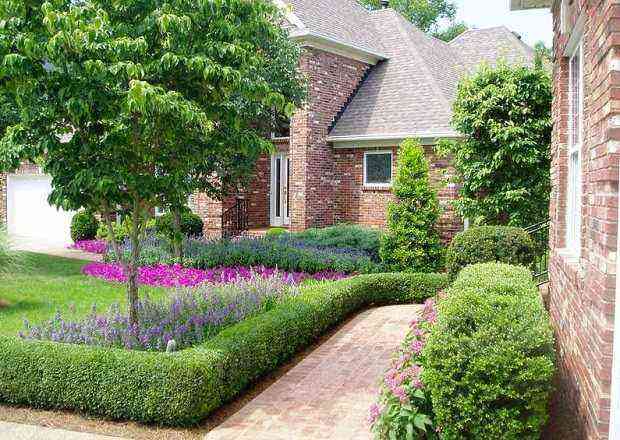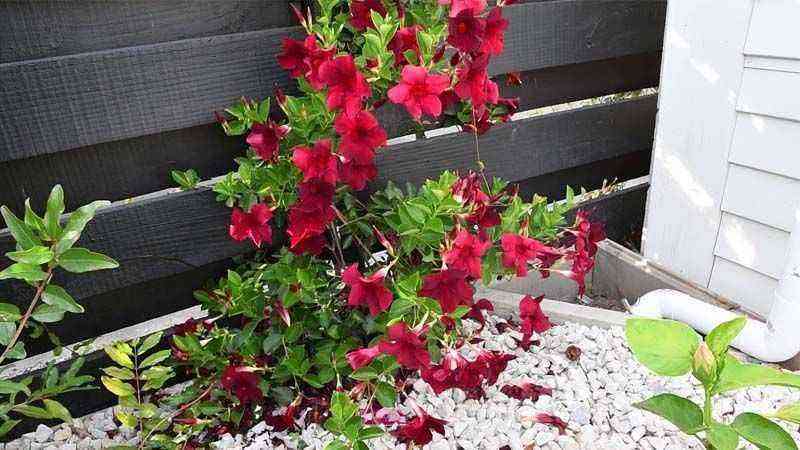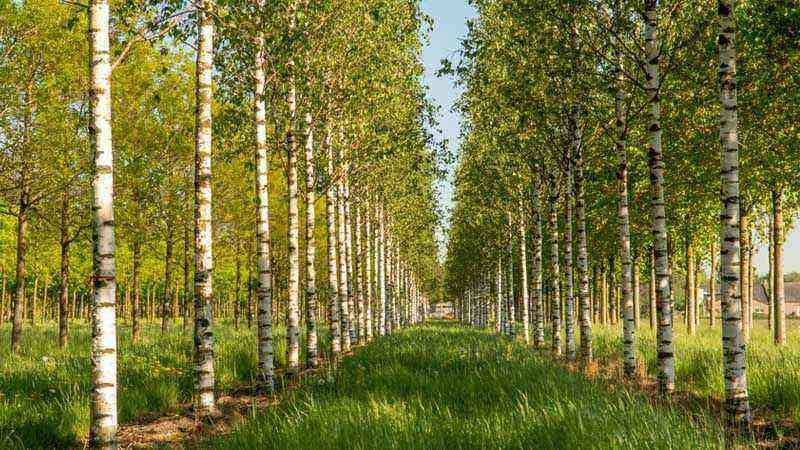In the areas closer to the south where there is less and less water availability, importance is beginning to be given to what is known as xerophytic gardens. In these spaces, plants that have low water consumption are used (such as Brahea armata) and easy adaptability to hot environments with little rain.
That is why we talk about this palm tree, which is widely known in the world as blue palm tree.
The blue palm is widely cultivated as an ornamental throughout the world, although its origin is in Baja California, Mexico, a place that we all know offers very high temperatures almost all year round.
Interesting facts to include Brahea armata in your garden
Maximum height: 15 meters
Sheets: petiole long, like whasingtonia (1 to 2 meters wide), bluish in appearance.
Water availability: drought tolerant
Placement: full sun or shade
Cold resistance: high resistance. Up to -10 ºC
Other associated names: Mexican palm tree, gray palm
Trunk: erect growth, although the base is somewhat more swollen


De Brahea armata something very important must be taken into account, especially when making decisions to organize your garden or the surroundings of a swimming pool, for example.
Su growth is very slowTherefore, significant heights (more than 10 meters) are only achieved with many years of cultivation. From here, more developed species that we can find in the nursery become significantly more expensive.
The blue palm tree stands out because, depending on the position we are in and the incidence of daylight, it acquires bluish and gray tones. This is the most characteristic of the palm tree, as it shows totally different tones from nearby species, such as others. Braheas o Whasingtonias.
Its characteristic color can be further enhanced the longer it spends in the Sun.
Characteristics of the cultivation of Brahea armata
The concept that palm trees are hardly cared for from the point of view of irrigation and nutrition is something that will depend on the growth and development ratio that we want to obtain.
Although the blue palm tree is a drought tolerant plant and ideal for coastal environmentsIn the first years of life it is important that they have access, with some frequency, to some water.
If the area where it is planted Brahea armata it has very little rainfall, one watering every 2 weeks it can be very advisable not to reduce its growth. In winter, it will hardly be necessary to apply water.
Fertilizers are only necessary if we want it to develop rapidly and the soil is very sandy and lacking in nutrients.
In the event that we want to apply nutrients, the complexes NPK with high nitrogen load (20-5-10, for example), they work very well and are comfortable to apply.
Si Brahea armata It is less than 1 meter high, with 200-400 grams of a nutrient high in nitrogen it will be enough for the spring and summer campaign, where it consumes more resources.
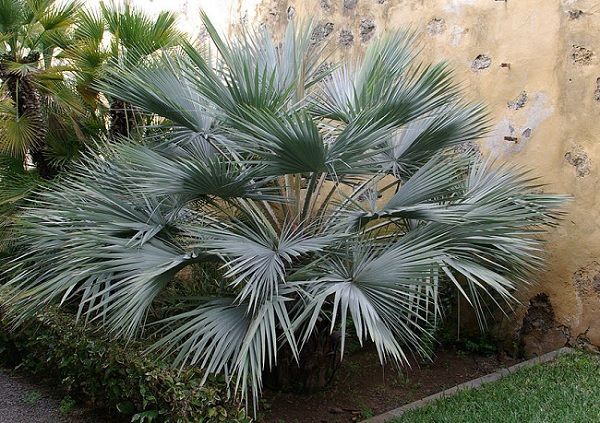

In this previous photo, we see how a large area has been covered with leaves, so that it surrounds this part of the garden next to a wall.
This will depend on how we can Brahea armata, leaving the lower leaves to form a sphere, which in the first years is very ornamental, or cleaning the lower leaves to reveal the trunk and give a more stylized appearance. Everything will depend on how we carry out the palm tree pruning.
Advice before planting
Although the care and maintenance of the blue palm tree is very simple, it is only necessary to take into account as a main basis the good management of the soil drainage.
When making the planting hole, we will make sure that we remove well at least 50 cm of soil in depth. Later, we can incorporate a base of organic matter on which the roots settle.
With this we will be able to improve drainage and reduce stagnant water in the surroundings of Brahea armataBecause does not tolerate stagnant waters.
